
|
ECGbook.com Making Medical Education Free for All |
Upload ECG for Interpretation |

|
ECGbook.com Making Medical Education Free for All |
Upload ECG for Interpretation |


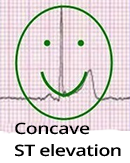


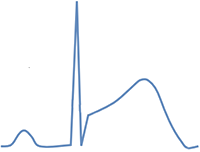
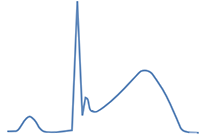
Most Common BER Variants


Very Rare BER Variants

Fish Hook Pattern

Pericarditis
Benign Early Repolarization

Pericarditis
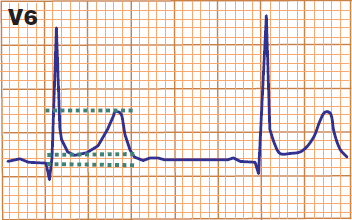
Benign Early Repolarization


Benign Early Repolarization
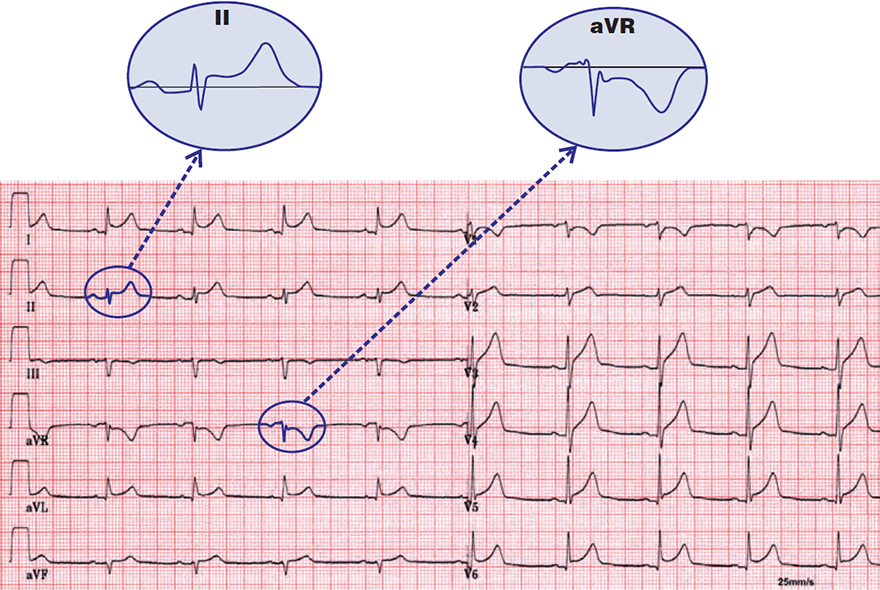
Acute Pericarditis
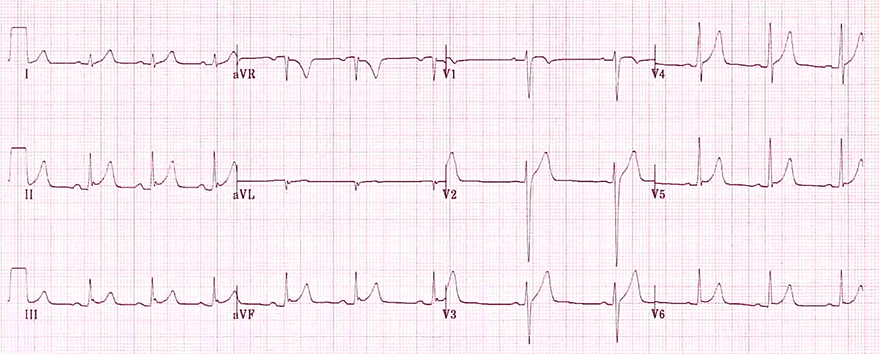
Benign Early Repolarization
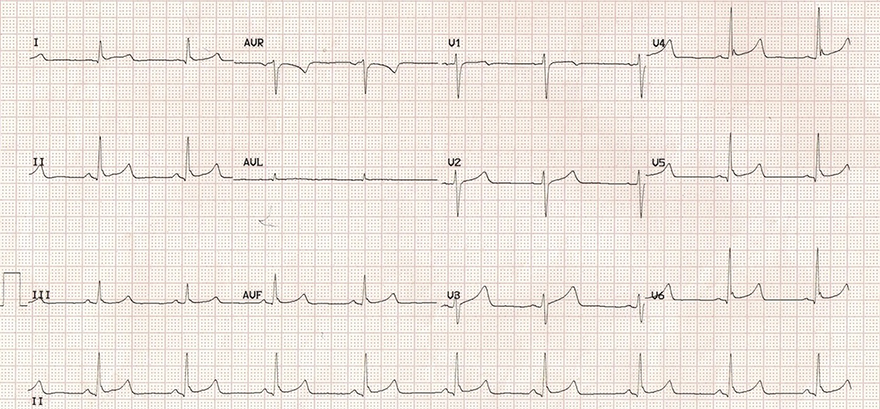
Benign Early Repolarization, Heart Rate 54/min

Benign Early Repolarization, Heart Rate 76/min
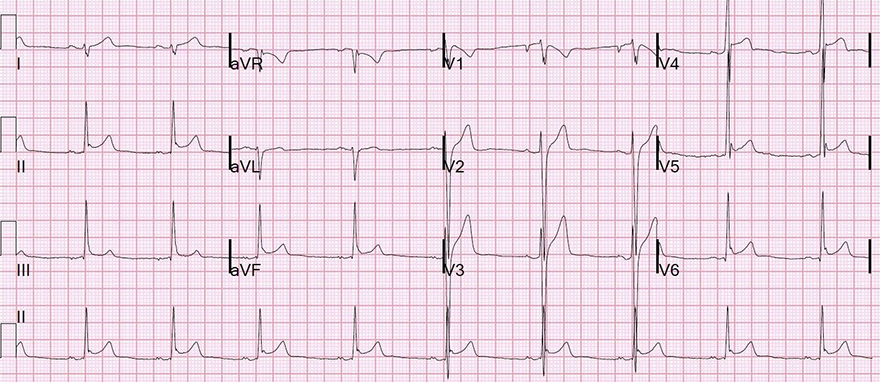
Benign Early Repolarization
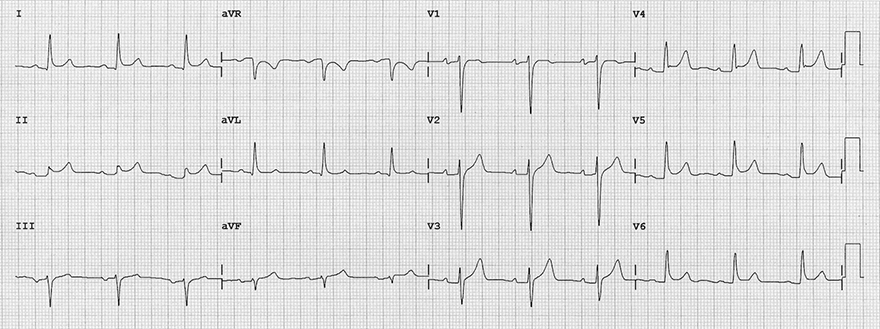
Acute Pericarditis

Acute Pericarditis
Sources

|
|
 |
|
ECG and Benign Early Repolarization
|


|
J-Point and Concave ST Elevations
|
 |
 |
 |
 |
 |
Most Common BER Variants |
Very Rare BER Variants |
||
 |
Fish Hook Pattern
|
Benign Early Repolarization vs. Pericarditis
|

|
|
Pericarditis
|
Benign Early Repolarization
|
 |
 |
|
Pericarditis
|
Benign Early Repolarization
|
Inferolateral Early Repolarization
|

|

Benign Early Repolarization

Acute Pericarditis

Benign Early Repolarization

Benign Early Repolarization, Heart Rate 54/min

Benign Early Repolarization, Heart Rate 76/min

Benign Early Repolarization

Acute Pericarditis

Acute Pericarditis
Sources